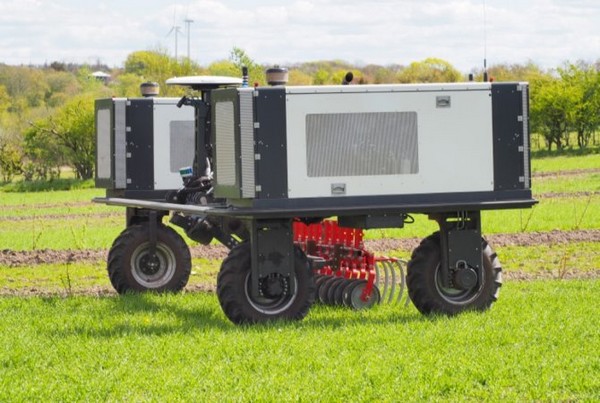#Agriculture #SmartFarming #RenewableEnergy #SolarPower #CarbonNeutrality #GreenhouseGasEmissions #SustainableAgriculture #FoodSecurity #EnvironmentalSustainability.
In a greenhouse nestled in the scenic landscapes of Naju, South Jeolla Province, a remarkable transformation in agriculture is taking place. Bell peppers, tomatoes, apples, and mangos are thriving within the greenhouse’s controlled environment, where temperature, humidity, and other critical factors are meticulously maintained. What makes this agricultural venture truly extraordinary is not just the quality of produce it yields but the groundbreaking approach it takes to power itself: harnessing solar energy to reduce carbon emissions.
Conventional farming systems often rely heavily on fossil fuels, contributing significantly to carbon dioxide emissions and exacerbating climate change. However, this innovative smart farm in Naju is leading the way in decarbonizing the agricultural sector. According to a group of international scientists from the Korea Institute of Industrial Technology (KITECH), the University of Sheffield, and the University of Hull in Britain, this solar-powered farming system can slash carbon emissions by nearly 90 percent compared to traditional fossil-based energy systems.
Published in the peer-reviewed journal International Journal of Energy Research in July, their study introduces a hybrid renewable decentralized energy system designed to cater to the heating, cooling, and electricity needs of a smart farm in South Korea. This development has broader implications, as South Korea, one of the world’s top energy consumers, strives to reduce greenhouse gas emissions by 40 percent from 2018 levels by 2030 and achieve carbon neutrality by 2050.
The government of South Korea has set forth ambitious plans to transition the agriculture industry towards sustainability. This includes expanding smart farms and developing low-carbon production technologies and machinery to support the country’s goal of increasing food self-sufficiency from 44.4 percent in 2021 to 55.5 percent by 2027.
The heart of this solar-powered system lies in the integration of solar panels, heat pumps, and energy storage. Solar panels generate electricity, which powers a heat pump capable of both cooling and heating the greenhouse as per seasonal requirements. This system is connected to a water tank that stores and distributes hot or cold water, ensuring precise temperature control. To further reduce carbon emissions, a wood pellet boiler serves as a backup heat source, utilizing low carbon-emitting fuel.
Yang Won, a principal researcher at KITECH, emphasized that this smart farm is a testament to energy system optimization with the aim of economically reducing carbon emissions. While solar panels remain the most expensive component of the system, their affordability can be significantly improved with government policies that encourage renewable energy adoption.
Moreover, the research team has not stopped at energy efficiency. They have devised a method to redirect the small amount of carbon dioxide generated by the wood pellet boiler into the greenhouse, enhancing plant photosynthesis and growth.
Looking ahead, smart farms are poised to become a cornerstone of next-generation agriculture, complementing other innovations like city farms housed within buildings. Yang Won highlighted that their team is actively working on expanding their energy system optimization strategy to other industrial sectors, such as manufacturing and iron and steel production, contributing to the broader goal of reducing greenhouse gas emissions across industries.
In conclusion, the solar-powered smart farm in Naju, South Korea, is a beacon of hope for a more sustainable future in agriculture. By harnessing renewable energy sources and reducing carbon emissions, it showcases a model for environmentally friendly farming practices that can serve as a template for the global agricultural sector. As South Korea works towards carbon neutrality and increased food security, this innovative approach to farming is a shining example of how science and technology can create a greener, more sustainable world.











